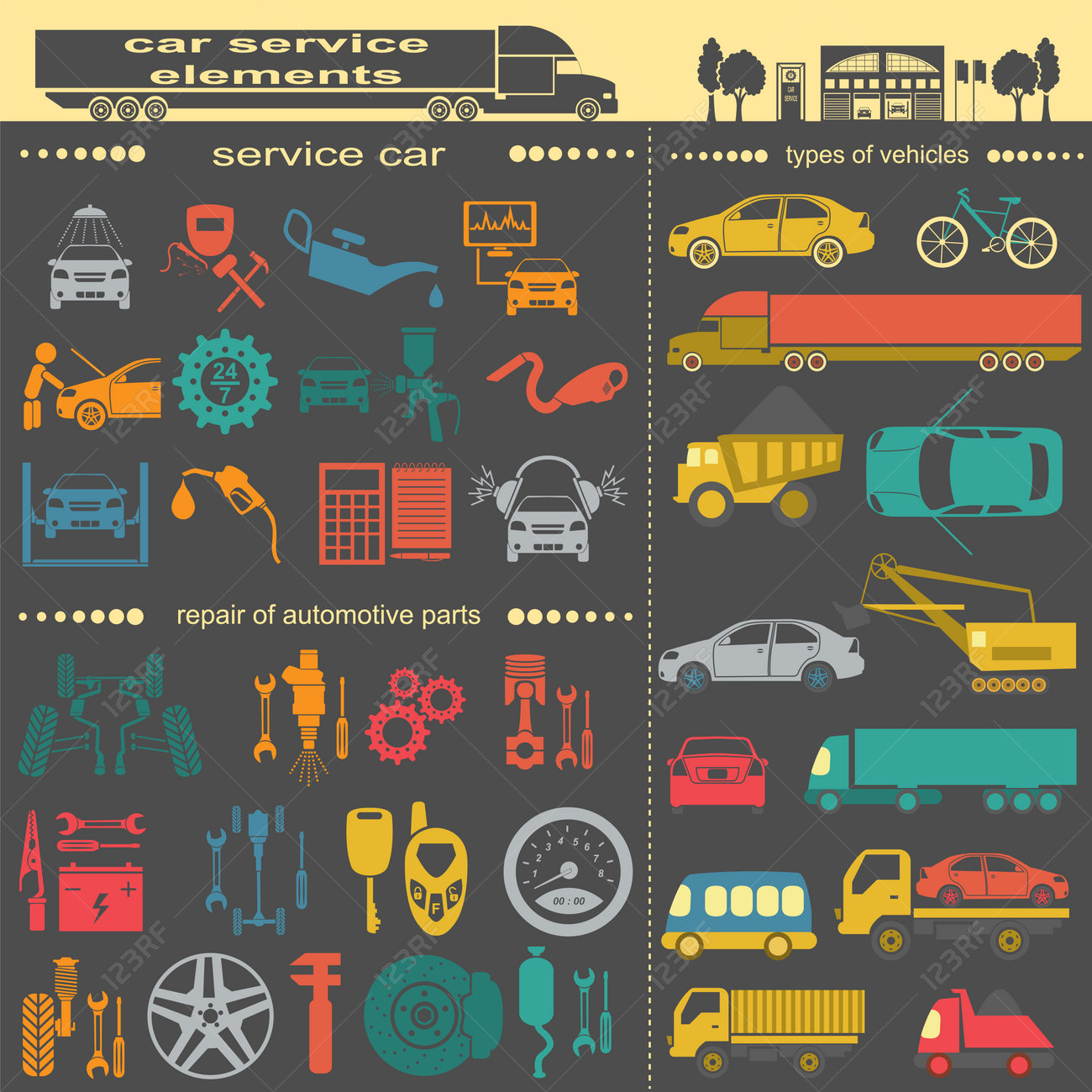Recognizing Your Auto'S Warning Lighting: What Do They Truly Mean?
Recognizing Your Auto'S Warning Lighting: What Do They Truly Mean?
Blog Article
Write-Up Produced By-Vinson Gilbert
When you're behind the wheel, those glowing warning lights on your dashboard can be a little bit complicated. Do you recognize what they're attempting to inform you regarding your auto's health and wellness? Recognizing the significance of these lights is important for your security and the longevity of your automobile. So, boat detailer of those lights pops up, would not you wish to decipher its message accurately and take the required steps to resolve it?
Common Caution Lights and Interpretations
Recognize typical caution lights in your automobile and understand their significances to make certain secure driving.
One of the most typical warning lights include the check engine light, which signifies concerns with the engine or emissions system. If this light begins, it's crucial to have your lorry inspected quickly.
The oil pressure warning light indicates low oil stress, requiring instant attention to avoid engine damages.
A blinking battery light may suggest a damaged billing system, possibly leaving you stranded if not addressed.
The tire pressure surveillance system (TPMS) light alerts you to low tire pressure, affecting automobile security and gas performance. Neglecting this could cause harmful driving conditions.
automarine shows an issue with the anti-lock braking system, compromising your capacity to stop swiftly in emergencies.
Last but not least, the coolant temperature cautioning light warns of engine getting too hot, which can lead to severe damage if not fixed promptly.
Comprehending these common warning lights will aid you deal with issues promptly and maintain safe driving conditions.
Significance of Prompt Interest
Recognizing the common warning lights in your car is only the first step; the importance of promptly resolving these cautions can't be emphasized enough to ensure your safety on the road.
When a warning light brightens on your dashboard, it's your vehicle's method of communicating a possible problem that requires attention. Disregarding these warnings can lead to extra extreme troubles in the future, compromising your security and potentially costing you much more in repairs.
Trigger attention to advising lights can avoid malfunctions and crashes. As an example, a blinking check engine light might suggest a misfire that, if left neglected, might cause damage to the catalytic converter. Addressing this quickly can save you from a pricey repair.
In a similar way, a brake system cautioning light might signify reduced brake fluid or used brake pads, vital elements for your security when driving.
Do It Yourself Troubleshooting Tips
If you observe a warning light on your dashboard, there are a couple of DIY fixing ideas you can attempt prior to looking for professional aid.
The primary step is to consult your auto's guidebook to comprehend what the particular caution light indicates. Occasionally the issue can be as simple as a loose gas cap activating the check engine light. Tightening the gas cap may settle the trouble.
One more usual issue is a reduced battery, which can cause numerous alerting lights. Inspecting the battery links for rust and guaranteeing they're safe and secure may deal with the issue.
If a warning light persists, you can attempt resetting it by separating the auto's battery for a few mins and afterwards reconnecting it. Furthermore, examining your vehicle's liquid degrees, such as oil, coolant, and brake liquid, can aid fix warning lights connected to these systems.
Final thought
In conclusion, recognizing your cars and truck's warning lights is crucial for maintaining your car running smoothly and safely. By without delay dealing with these alerts and recognizing what they suggest, you can prevent expensive fixings and prospective failures.
Bear in mind to consult your vehicle's handbook for particular details on each advising light and do something about it accordingly to guarantee a hassle-free driving experience.
Stay notified, remain secure when traveling!
